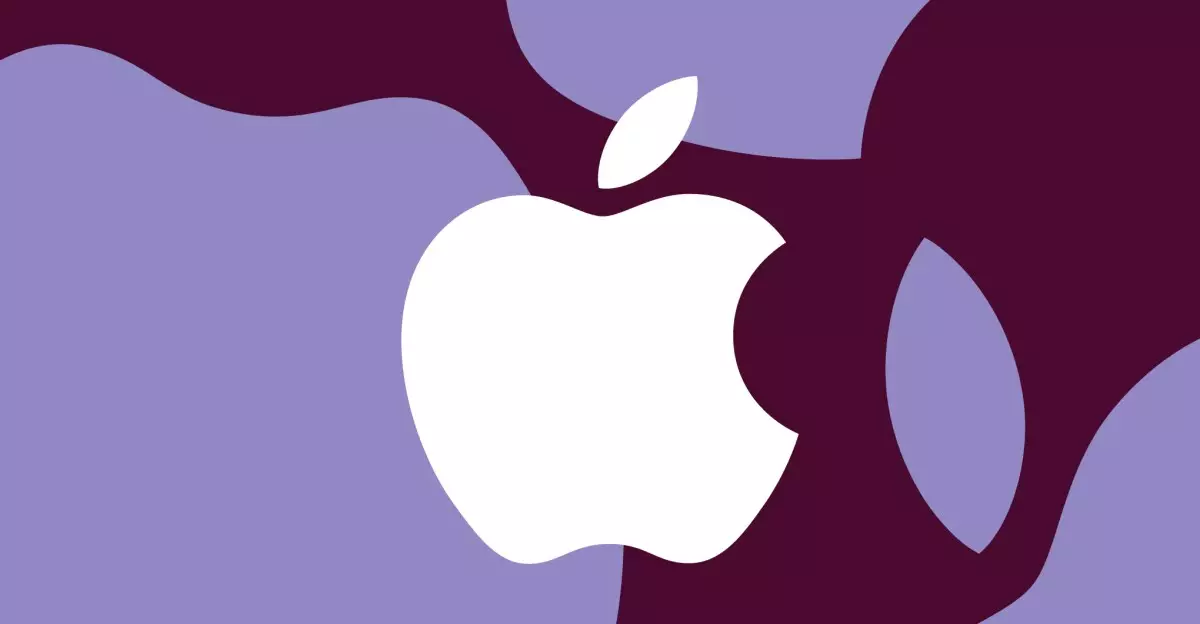The digital age has significantly transformed how children interact with technology, necessitating robust methods to ensure their safety online. Recent initiatives put forth by Apple highlight the company’s move towards enhancing child safety features on its platforms. However, as Meta and other tech industry leaders advocate for more stringent age verification practices, the implications of these changes raise important questions about data privacy, user safety, and industry responsibility.
An Ambitious Initiative by Apple
In a noteworthy whitepaper release, Apple outlined its plans to introduce child safety features designed to allow parents to share their children’s age ranges with various apps. This step toward creating a safer digital environment is commendable, but the lack of comprehensive age verification raises concerns about its efficacy. While Apple proposes a system that enables parents to choose what age information is shared, there remains a significant gap in ensuring that children are genuinely safeguarded from age-inappropriate content.
The outlined features, including revamped App Store age ratings and a simplified process for creating Child Accounts, suggest Apple is aware of the pressing need for child safety. However, the skepticism about the practicality of age range sharing remains valid. Will parents truly understand the implications of sharing age ranges, or will this merely open the door for potential exploitation by unscrupulous developers?
The Industry’s Call for Accountability
Tech companies such as Meta, Snap, and X have echoed the call for stricter age verification measures, emphasizing that platforms should bear the responsibility of ensuring users meet age requirements at the operating system or app store level. These companies argue that relying on children and their parents to self-disclose age-related information is insufficient and potentially harmful. They push for solutions that prevent underage users from accessing content that could be damaging to them.
Apple’s apparent reluctance to adopt an OS-level age verification system—citing privacy concerns related to the handling of sensitive personal information—raises a larger point about the ethical dilemma tech companies face regarding user data. Balancing user privacy with user safety presents a complex challenge that Apple and others continue to grapple with. This inertia could inadvertently diminish the overall effectiveness of the proposed safety features.
Apple’s rationale for avoiding complete age verification revolves around its ethos of user privacy. The argument that requiring sensitive personally identifiable information could jeopardize user safety mirrors a common industry narrative: protecting user data should come first. However, this stance invites scrutiny; the very absence of thorough age verification may lead to exposure to content that could endanger minors, which begs the question of whether privacy should override safety.
The limited approach, allowing parents to share an age range rather than verifiable ages, is a cautious first step, but does it truly mitigate the risks? This strategy might provide some measure of privacy, but it leaves significant gaps in protecting children from inappropriate content. While the intention is noble, the execution may fall short of achieving the safety standards necessary in today’s digital landscape.
The changes to App Store ratings, expanding from four to five age categories, demonstrate a recognition of the need for clearer classification of apps for children. Developers will also face new expectations to disclose whether their apps feature user-generated content or advertising capabilities that may attract underage users. However, the challenge remains: will these new ratings genuinely serve their purpose, or will they merely provide a veneer of safety?
The commitment to prevent children from viewing apps with ratings higher than those set by their parents could offer a momentous shift in app visibility. Yet, the success of this initiative largely depends on the parents’ understanding of the ratings system and their engagement in monitoring their children’s app interactions.
Apple’s commitment to introducing new child safety measures marks a critical point in the ongoing dialogue surrounding digital safety for minors. However, as the industry shifts toward establishing more effective age verification and safety protocols, companies like Apple must navigate the fine line between user privacy and the urgent need for enhanced safety features. The conversation surrounding children’s online safety is far from over, and as tech giants confront these challenges, a collaborative effort could yield solutions that prioritize both privacy and protection. The future of children’s safety in the digital realm depends on it.

